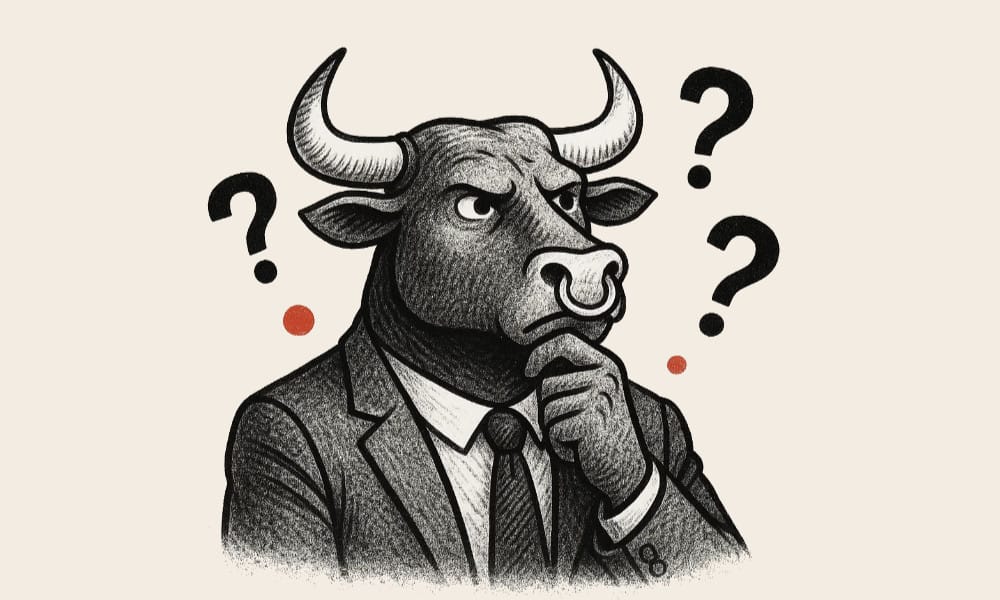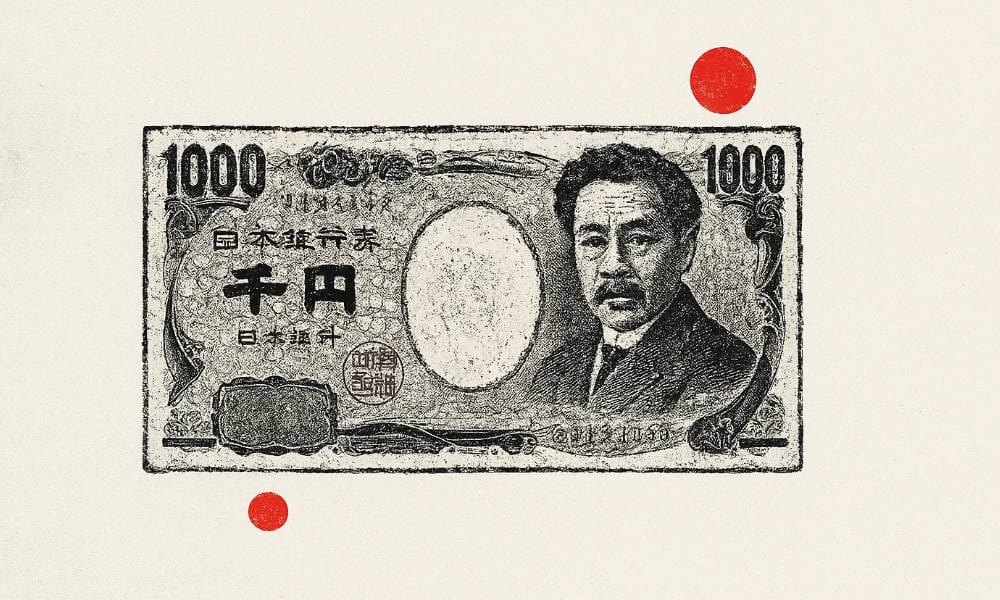Trading Basics: How People Trade the Markets
Trading is simply betting on price moves across stocks, futures, forex, options, or crypto-with risk, discipline, and patience key to success.

Trading the markets can sound complicated, full of charts, financial data, buffling jargon, and people who appear to speak in code. But strip away all of this, and what you’re left with is surprisingly simple.
All trading boils down to is buying and selling in the hope that prices move in your favour. It doesn’t matter if you’re dealing with shares, currencies, or contracts – at its core, trading is simply placing bets on price direction. Everything else is just detail.
Let’s be clear, trading isn’t some magic way to get rich overnight. In fact, the more it’s treated like a slot machine, the faster the money tends to disappear. Good traders are part risk-taker, part risk-manager, and above all else, patient. They understand that losses happen, and the goal isn’t to win every time, but to win more than they lose – or at least to win bigger than they lose.
What You Can Trade and How
Now, you might think trading is just about buying company shares. That’s the classic entry point – clicking a button to buy part of a company and watching to see if it goes up.
But there are many other ways to trade, each offering different levels of complexity and flexibility. Options trading, for instance, allows you to speculate on price movements without ever owning the underlying asset. You pay for the right, but not the obligation, to buy or sell something at a set price in the future. It’s commonly used to manage risk or bet on big price swings.
Forex trading focuses on predicting how one currency will move against another, such as the pound versus the dollar. It’s the largest market in the world, running 24 hours a day during the working week, and is popular because of its high liquidity and relatively low barriers to entry.
Then there’s futures trading, where traders agree to buy or sell an asset at a fixed price on a set future date. These assets can be anything from oil and gold to wheat or financial indices. Futures are widely used by large institutions to hedge against price swings, but plenty of retail traders also use them purely to profit from market volatility, often closing their trades before expiry to avoid taking delivery of the underlying asset.
Access To Markets
The way trading is done has changed a lot in recent years. What once required a phone call to a broker can now be done in seconds from an app on your mobile. You’ll find people trading on their lunch breaks, on the train, even in bed. That accessibility is both brilliant and dangerous; just because you can place a trade in seconds doesn’t mean you should. Every click carries risk. And the more complicated the instrument, the more ways there are to misunderstand it.
How Mindset Makes or Breaks Traders
There’s also the emotional side. Watching prices move against you is nerve-wracking. Closing a trade too early because of panic, or holding on too long out of hope, are common mistakes. Success often comes down to psychology as much as strategy. Traders who survive tend to have rules, and they stick to them. They know when to get in, when to get out, and when to sit on their hands and do nothing at all.
It’s tempting to believe you need a background in finance, or a maths degree, to get started. Not true. What you need is curiosity, discipline, and the humility to realise how much you don’t know, and how much more you’ll need to learn. Reading helps, but real education starts when your own money is on the line. A small trade can teach you more than hours of theory.
There’s no single right way to trade. Some people focus on fast moves, jumping in and out within minutes. Others take a slower approach, holding positions for weeks or months. What matters is finding a style that fits your personality and your life. You don’t need to be glued to a screen all day to be a trader. You do need to care about what happens after you click “buy.”
So, if you’re curious, start small. Don’t risk more than you can afford to lose, and treat each mistake as part of the tuition fee. Trading isn’t about beating the market every day. It’s about staying in the game long enough to get better at it.
And no – it’s not just for the rich, the reckless, or the City types. It’s for anyone willing to learn, and smart enough to know that it’s not as easy as it looks.
How Most People Actually Trade
So, you’ve got the basics down. Trading means trying to profit from price changes. But what exactly are people trading, and how do they go about it?
Most retail traders use financial products like CFDs (Contracts for Difference) and Spread Betting to speculate on price movements without owning the underlying assets. These products offer a flexible way to trade across a wide spectrum of markets, including currencies, indices, commodities, stocks, bonds, funds, interest rates, and more, often with greater ease and accessibility than traditional approaches.
Then there’s the traditional approach, trading to own an asset such as stocks and shares. This is what most people picture when they think of trading, buying company shares and hoping their value rises. These shares are bought and sold through major stock exchanges like the London Stock Exchange and the New York Stock Exchange. These global marketplaces serve as official venues for exchanging company ownership..
Next, there are futures contracts. This is where things start to feel more abstract. A futures contract is an agreement to buy or sell an asset, whether it’s oil, gold, wheat, a financial index, or even cattle, at a predetermined price on a specific future date. While some contracts lead to actual delivery of the physical commodity upon expiry, most traders close their positions beforehand, settling the difference in cash instead.
Futures are widely used by large institutions to hedge against price risks, but many individual traders use them purely to speculate on price movements. These markets tend to be fast-moving and volatile, which is why many traders find them appealing.
Then there’s options trading, which can seem intimidating at first, but it’s actually quite clever.
An option gives you the right, but not the obligation, to buy or sell something at a specific price before a set date. Think of it like putting down a deposit on a house – you’re paying for the right to buy it at a fixed price, but you don’t have to go through with it if you change your mind.
Options can be used to limit losses, speculate on big price moves, or generate income. You can buy them or sell them. You can bet that prices will go up, or down. But they’re not for the faint-hearted, they require a good grasp of risk and time.
Currency trading is the biggest market out there, dwarfing all others when it comes to daily volume. The foreign exchange market, or forex, is where traders buy and sell currency pairs, such as the pound against the dollar, or the euro against the yen. Most retail traders don’t exchange physical currencies, instead, they trade currency movements through spot trading or CFDs. These allow traders to take positions on price changes without actually exchanging real currency. Forex trading is popular because it’s accessible, and available 24 hours a day during the working week.

And then there’s cryptocurrency, the digital wild west of trading.
Unlike stocks, crypto isn’t traded through a single, central exchange. Instead, it operates across a wide range of independent exchange, names like Binance, Coinbase, and Kraken, each with their own order books and pricing. That decentralised setup means prices can vary slightly between exchanges, and there’s no official closing bell. The crypto market runs 24/7, with no pause for weekends or holidays. It’s fast-moving, highly speculative, and still maturing, but for many, that’s exactly the appeal.
Each of these trading types has its own character. Stocks are relatively steady, familiar. Futures are sharp and fast-moving. Options are flexible but complex. Forex is enormous and technical. Crypto is raw, unpredictable, and still evolving.
None of them is inherently better than the others, it depends on what you’re comfortable with, how much risk you can handle, and how much time and effort you’re willing to put in.
These are just the basic types of trading that most retail traders tend to use. They offer enough variety, complexity, and accessibility for anyone willing to learn.
But beyond this, there’s a whole layer of trading done on a much larger scale. Big institutions, hedge funds, and even governments operate with tools and instruments that go far beyond what’s available on a standard trading app. They deal in swaps, debt instruments, and other specialised products not commonly accessible to individual traders.
That world exists, but it’s not where most people begin, and it’s not necessary to understand it all to trade successfully.
The point is, the markets are vast, and there’s room for all kinds of participants. Starting small, staying smart, and building experience is how most traders learn – and how they stay in the game.

